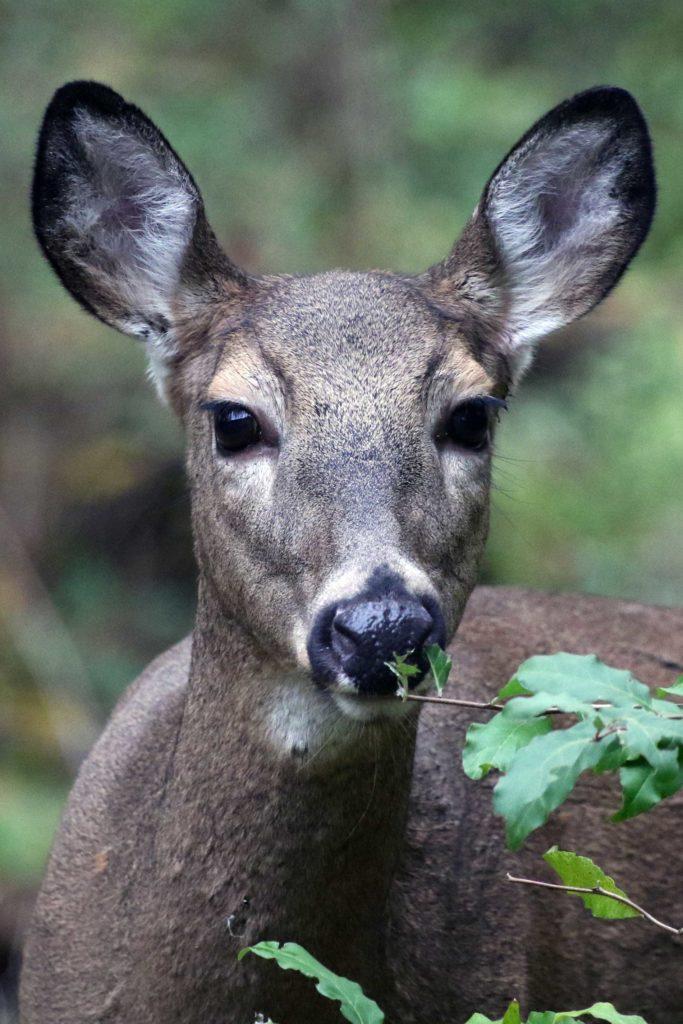While having a garden filled with trees and shrubs does so much to help elevate the aesthetics of your outdoor living, these valuable investments need protection. Even in winter, there are roving, damaging diners, who are typically deer and rabbits. The Okanagan Valley region is full of white-tailed deer that can tunnel through snow and mulch and find delicate roots. As for rabbits, when up on their hind legs, they can reach at least 3 feet high into small trees, hedges and shrubs.
The most vulnerable are the twigs and buds. These are slender and soft young branches that make for good animal food. Also, many shrubs with leaf and flower buds tend to attract animals because of their high protein content.
Given this, below are some protective measures that you can use.
Wire fencing
For shrubs less than 3 feet high, encase the plant in a four-foot-high wire-fencing cylinder. Make sure the wire is fine enough to deter animals from reaching through the mesh to the tip of the branches. You can also encase the wire in heavier cylinders.
For plants such as spirea, oakleaf hydrangea, and fothergilla, the fencing should be at least 18 to 24 inches in height. These plants are very popular with rabbits. What’s more, in the late fall bury the fence about 2 to 3 inches underground. Deer prefers evergreens such as arborvitae and yews. In this case, the fencing should measure no less than 4 feet in height and cover 2 to 3 feet of the branches.
Repellents
Repellents typically contain a disagreeable odour, taste or both. These are easy to apply at any time of the year. Note that repellents are more of a short-term solution (as they will dissipate) and more economical for residential than for commercial use. Just spray on – they may need to be used frequently, especially after heavy downpours or extended stints of hot and dry conditions. Note that deer can get accustomed to these repellent. To prevent that, you should keep alternating repellents.
Scare tactics
Scare tactics can be visual, auditory or olfactory. Visually, one might build a scarecrow or use motion-sensing bright lights. One recent innovation is a motion sensor combined with a sprinkler. When a deer enters the motion-detecting range, it will be hit with a sharp burst of water. Auditory tactics include exploders and whistles. Olfactory ones can be urine or perfumed soap. Another tactic is to use your dog as a scare tactic, especially if she’s large!

Safeguard your garden!
Speak to the pros at Emerald Irrigation & Landscape Construction if you are troubled by these pests. Our team will ensure that your garden bed is properly fenced and your plants protected. Give us a call!

